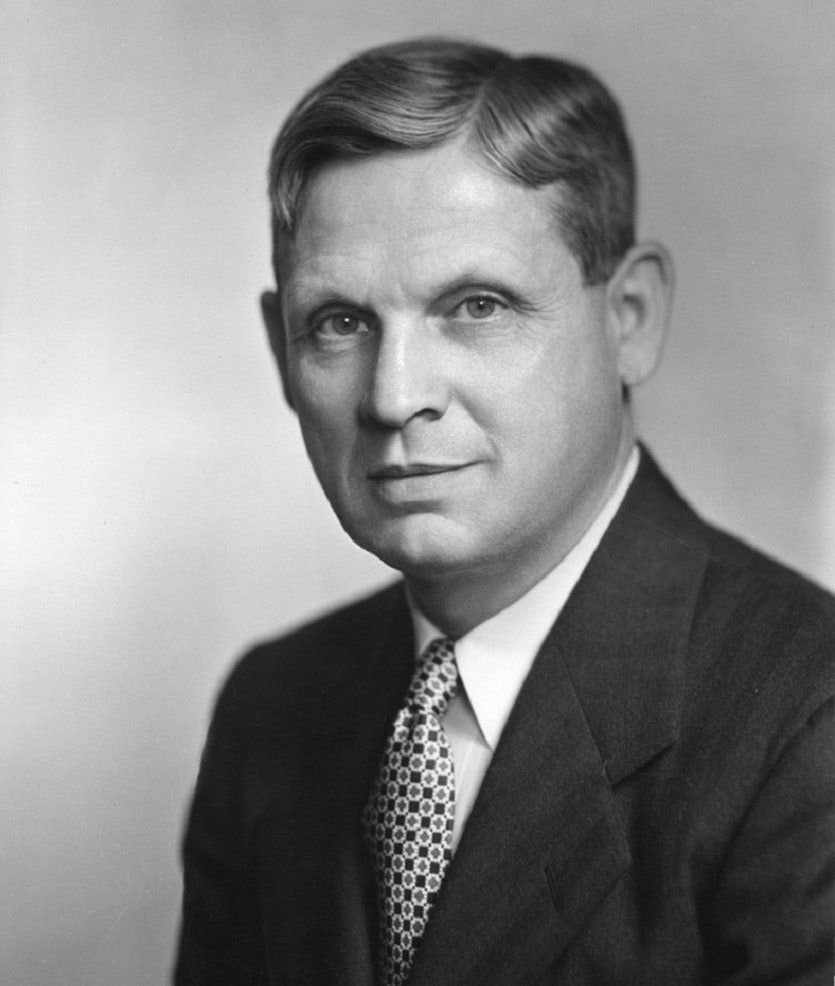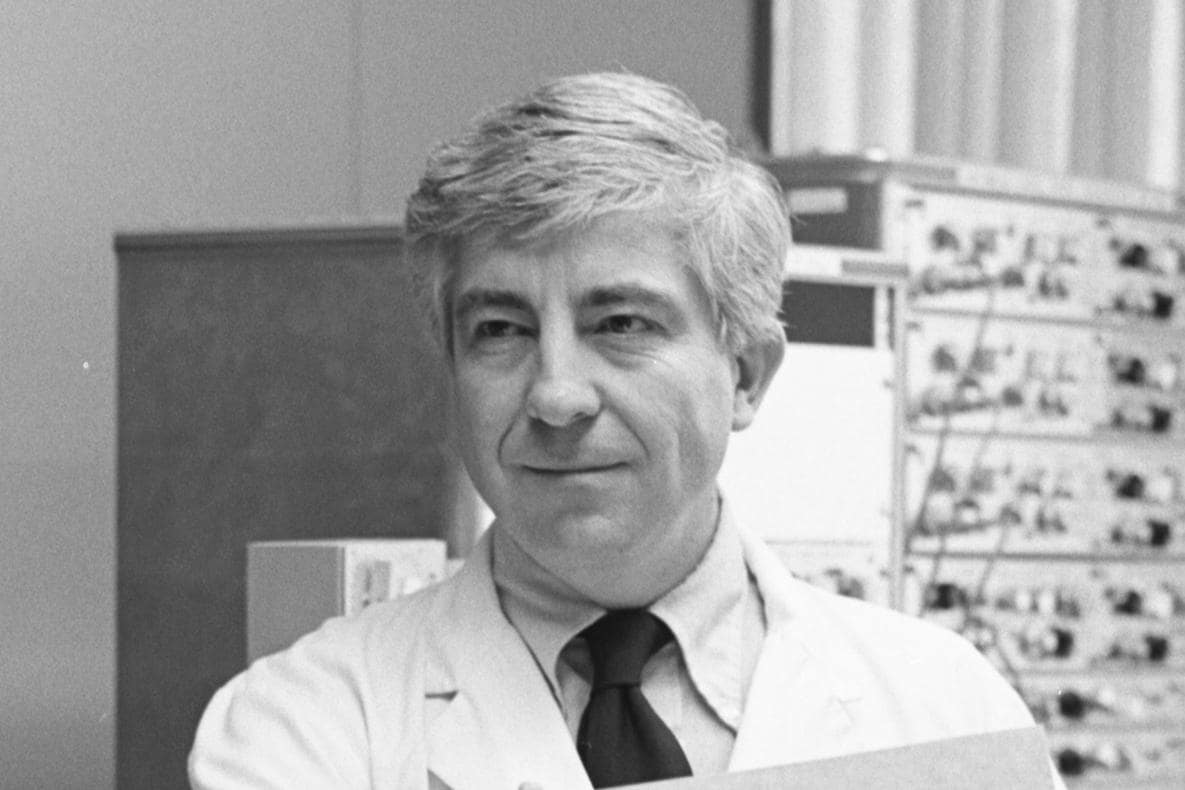Quick History of Sleep
Early understanding of sleep
During the ancient years of humanity, a Greek doctor and philosopher named Alcmaeon considered sleep to be an "unconscious spell" brought on by decreased blood flow to the brain. 100 years later in 250 BC, Aristotle, the famed Greek philosopher, postulated that the heart was the cause of sleep that resulted in the cessation of the human conscious.
It wasn't until 162 AD that Galen, a surgeon and philosopher in the Roman Empire, discovered the brain, not the heart, responsible for the human conscious. During the Age of Enlightenment, early scientists began questioning dreams and tried to interpret them for scientific purposes.
The development of the bed
Since the Neolithic periods, early man had used straw and other plant based material as their bedding. Although the study of sleep had been precursory through many centuries, the Renaissance period saw the advancement of the bed. Although bed foundations had been around since the Egyptian era, they became a necessity as sanitation would be a constant concern. By the Renaissance Age of the 15th and 16th centuries, people began using silk and cotton for bed sheets. Since then, the bed had evolved into what it is seen today.
Biphasic sleep
Before the Industrial revolution started in the 19th century, most people practiced two regular sleep cycles throughout the day. This was known as biphasic sleep, also known as segmented sleep. People would sleep 4 hours during the first phase of the night, wake up for 1 - 2 hours in the middle of night, then sleep for another 4 hours until morning. Between the two phases of sleep, known as first and second sleep, people would use that time to read, reflect, or visit friends. The light bulb had not yet been invented yet, so homes and streets were not artificially lit. People instead relied upon the sun to determine the start and end of their day. When the sun went down, melatonin, our sleep hormone, went up. This made falling asleep much easier.
Modern Age
Monophasic sleep
Today, most people will sleep straight through the night. This is known as monophasic sleep, meaning only one segment of sleep, instead of two, during the night. How did this occur? When the Industrial Revolution happened, shift work became more common, which resulted in exhaustive days for the working class. Because people were exhausted from 12-14 hours of work each day, a lot of people never woke up during the night to read or visit friends. With artificial light illuminating homes and streets, people no longer relied on sunlight either. Shift work became the determining factor when a person's day started or ended. By the 1920's, biphasic sleep cycles were no longer practiced on a large scale.
Modern sleep research
As the practice of sleep changed through the ages, extensive study on sleep didn't occur until the modern age. In 1913, a French scientist named Henri Pieron published a book about the physiology of sleep. It is regarded as the first approach to modern sleep research. A few years later, Constantin von Economo, an Austrian military physician, discovered that the hypothalamus was the region of the brain that regulated sleep activity. He discovered this during his treatment of head injuries during World War I.
Dr. Nathaniel Kleitman, known as the "Father of American modern sleep research", began his formal research on sleep in 1925 at the University of Chicago. His studies included mental brain activity, consciousness, and sleep deprivation on humans. In 1939, Dr. Kleitman published Sleep and Wakefulness, which covered the last 14 years of his research, including sleep disorders and the human sleep cycle.
In 1953, it was Dr. Kleitman, and one of his students Dr. William C. Dement, who discovered rapid eye movement (REM) during sleep. This was a monumental discovery because it went against the contemporary belief that brain activity dropped to a minimum during sleep. Some years later, another student of Kleitman made the connection between REM sleep and dreaming.
Dr. Dement later established the Stanford University Sleep Research Center in 1970. Today, it is considered the leading sleep research center in the world. Because lack of sleep is detrimental to people's daily performance, the United States Congress appointed the National Commission on Sleep Disorders Research, overseen by Dr. Dement. It resulted in the creation of the National Center for Sleep Disorders Research in 1993. Today, Dr. Dement is known as the "Father of American sleep medicine" for his work.
Summary
It's now obvious your ideal sleep environment had been largely influenced by our understanding of sleep today. Don't forget that it was the early philosopher's basic understanding of sleep that laid the foundations of modern sleep research. It was only recently did we begin to fully realize the physiology and understanding of sleep. Thanks to the efforts of sleep scientists, such as Dr. Kleitman and Dr. Dement, do we have a solid foundation in which we can continue to research sleep into the future.
All Rights Reserved | Jonathan Stevens Mattress Co.



